2017 Tata Hexa review, road test
Tata throws everything it can at its new flagship in the quest to go upmarket.
Published on Mar 30, 2017 08:00:00 AM
70,504 Views
Follow us on



No big surprise when it comes to the engine. It’s the latest version of Tata’s 2.2-litre, four-cylinder turbo-diesel called the Varicor 400 (owing to its new Honeywell-sourced variable-geometry turbo and 400Nm of torque), which we’ve already seen on the top variant of the Safari Storme.
Fire it up and the Hexa’s relative refinement is literally music to your ears. There is a bit of murmur at idle for sure, but it’s not the boom you’d expect. Vibrations too are impressively contained, save for a little bit through the gear lever. The noise does swell up as the revs climb, but it’s only beyond 3,500rpm that it really sounds harsh, by which time you’ll have likely shifted up already.
The engine is surprisingly responsive off the line and does its best work before 3,000rpm. In fact, this takes some getting used to in both the manual and the automatic versions. In the manual, you have to account for the rather snappy clutch, whose pedal is not very progressive, so it often jerks and leaps off the line. Couple this with the heavy gearshift action and long, wide throws for the lever, and changing gear becomes a tiring task you’d rather avoid. There’s also no safety lock on the reverse gear, something that’s almost mandatory on six-speed manual gearboxes, so you have to be careful when you’re trying to engage sixth.
Thankfully, owing to the strong torque reserves of this motor, you can easily leave the Hexa in second, third or fourth and get through most everyday driving situations. Overtaking too is a breeze and very rarely needs a downshift.
In fact, for its size and weight, roll-on acceleration is not too bad, taking 12.72sec to do 40-100kph in fourth gear, and 10.83sec for 20-80kph in third, and that’s likely to do with the Hexa’s really strong mid-range. However, because of how tricky it is to launch smoothly and its jerkiness off the line, the 0-100kph time is a less-than-impressive 14.21sec – quite a bit slower than the competition.
Driving the automatic is an altogether nicer experience. The gearbox is really impressive with how smoothly and seamlessly it gets its job done in most circumstances, whisking you from gear to gear at no more than 2,000rpm if you tread lightly on the throttle. Like the manual, however, it’s when setting off and at really slow speeds that it falters. The tremendous pep from the motor means it overreacts and often shifts down unnecessarily with the lightest tap of your toe, only to return to the same gear moments later. There are no paddles but it’s sufficiently accommodating to taps on the lever for a car like this. It’s also significantly quicker than the manual version, with 0-100kph being despatched in 12.28sec and kick down times of 7.44sec and 9.73sec for 20-80kph and 40-100kph, respectively.
Since the launch of the Zest, Tata has been big on offering its new cars with driving modes that alter the engine’s performance and even the air conditioner to suit your needs. With the Hexa, that has reached a new level. Controlled by an upmarket-looking rotary knob, the ‘Super Drive Modes’ offered on the 4x4 manual let you choose between Comfort, Dynamic, Auto and Rough Road – the former two power just the rear wheels, while the latter two are AWD, sending torque to the front wheels when required. In practice, the differences between the modes are hard to discern, except Dynamic, where you can feel a distinct improvement in responsiveness. The automatic Hexa doesn’t have drive modes or the rotary knob, but you can tap the gear selector to the left for Sport mode. This too improves responses dramatically and will hold on to gears much longer when you kick down hard.
Copyright (c) Autocar India. All rights reserved.

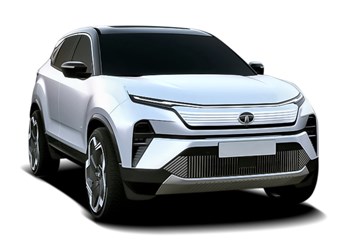
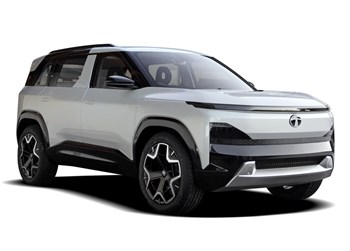
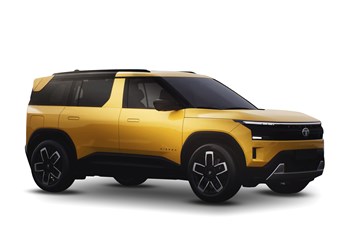
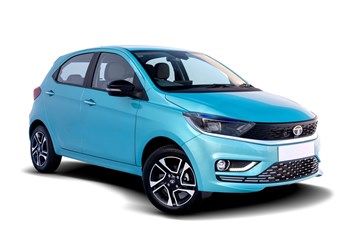
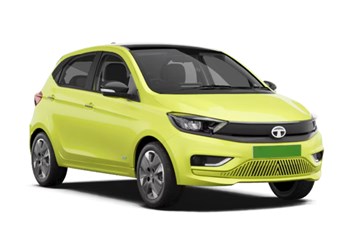
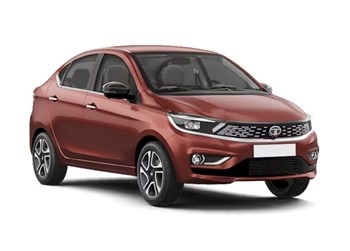
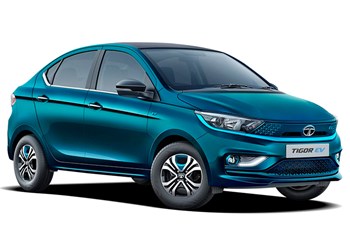
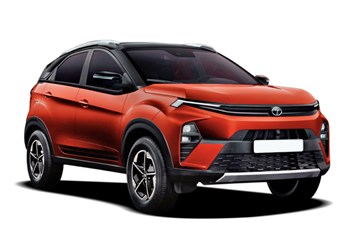
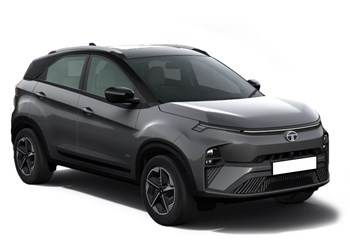
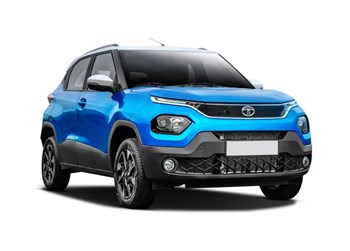
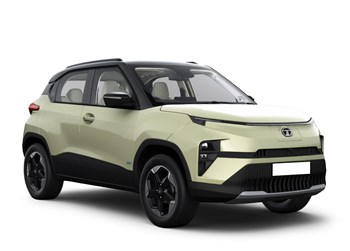
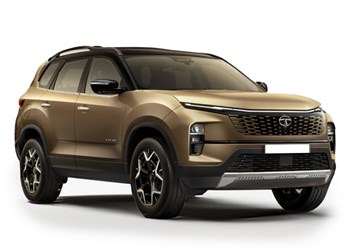
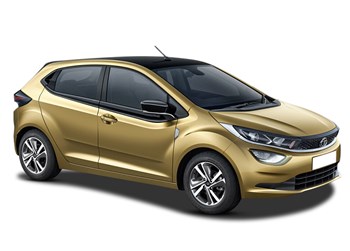
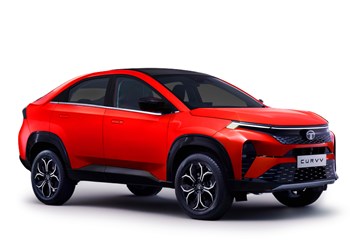
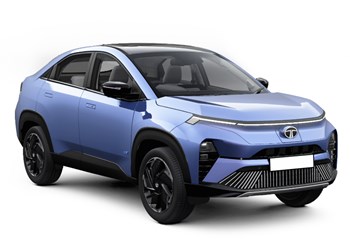
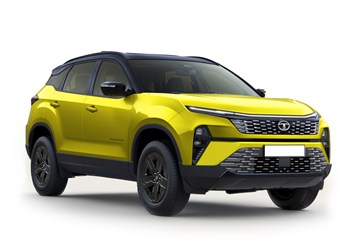
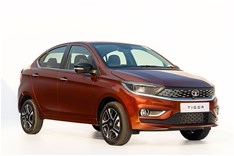
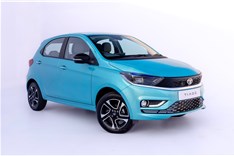
.jpg&w=234&h=156&q=90&c=1)

Comments
Member Login
Personal Details
No comments yet. Be the first to comment.